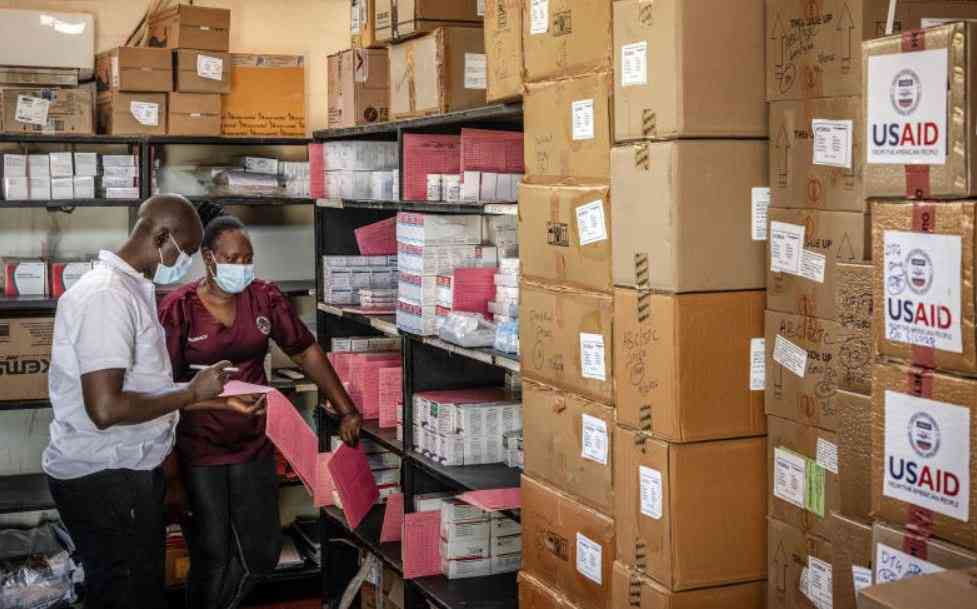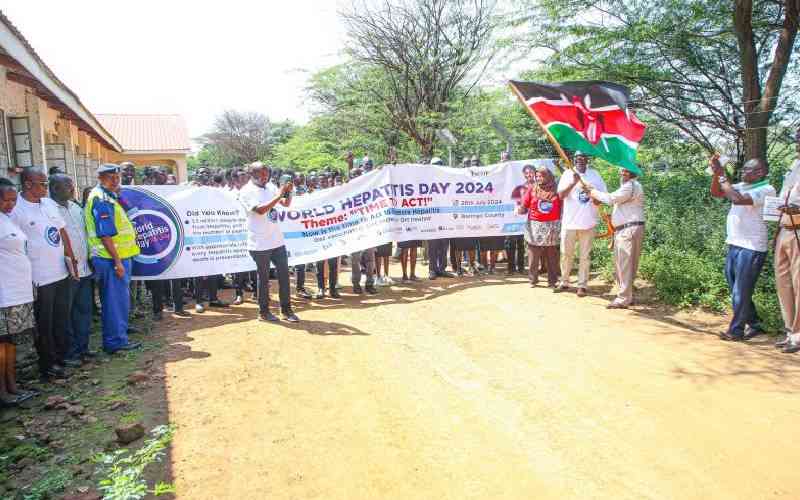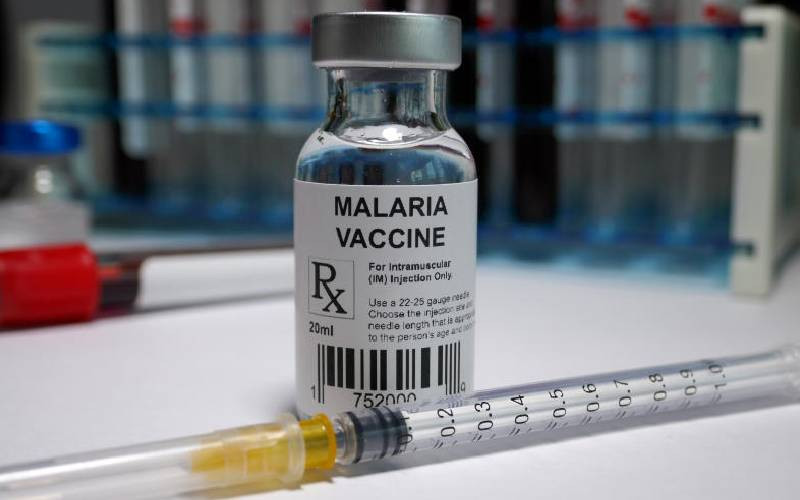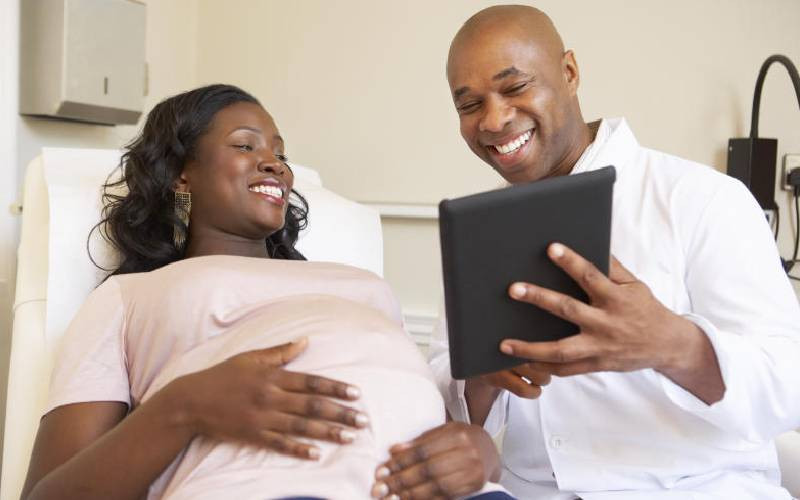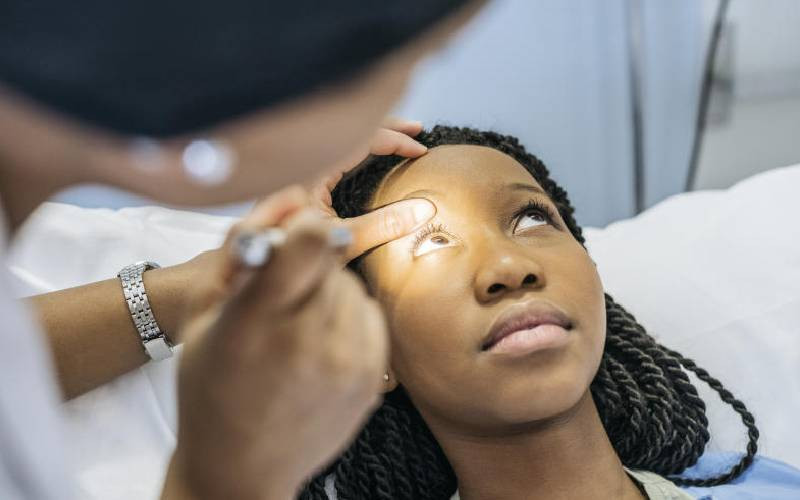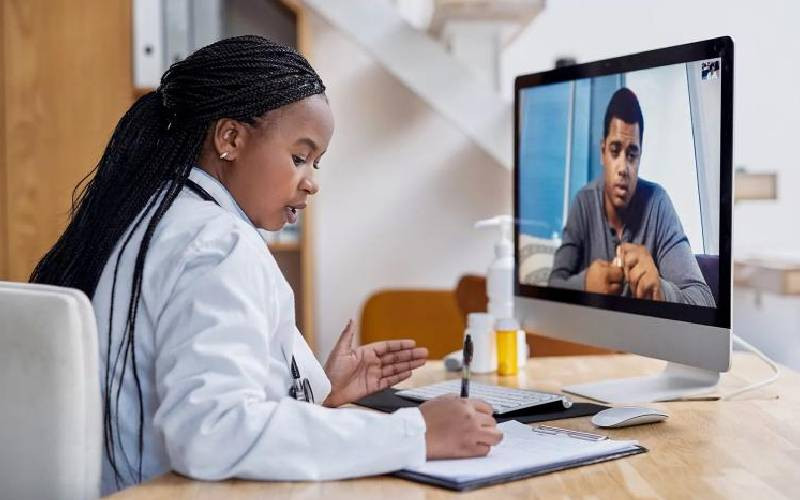
When stay-at-home orders went into place and most service providers closed across the country during the Covid-19 pandemic, telehealth served as a bridge to the continuity of healthcare.
Telehealth allows you to connect with your healthcare provider virtually and have an appointment without going to a physical location. All you need is a phone - and it doesn't have to be smart.
You can share detailed information with your doctors, such as your weight, blood pressure, and vitals, as well as medical records and images of wounds or other conditions. Your doctor can give you instructions about how to manage your health problems at home and can provide suggestions for how to improve your quality of life.
Martin Makau, a medical doctor at Health X, says telehealth helped eliminate some barriers to access for his patients.
"Telehealth is the practice of medicine but using technology as a tool to deliver healthcare and helps us surmount challenges like distance and cost," he says.
He said a toll-free number, App and a virtual clinic are some of the technologies they use at Health X.
"For the virtual clinic, we can set up a clinic somewhere remote, could be Mandera or Mombasa and a patient can reach us in Nairobi. With this, we can take measurements of the patient, things like blood pressure, temperature and even listen to the patient's chest virtually."
Imagine a future where medical services become more available digitally - the immediate cost-cutting effect on transport makes this desirable. Makau describes their costs as very low and convenient for providers and patients.
"Our costs are very low, the monthly subs cost starts from about Sh495 per month, a single consultation with a doctor costs about Sh1,500. So this drastically cuts the cost," he says.
Other costs that are cut but are not visible are transport costs and a patient needing time away from work to access healthcare.
"It takes about three hours to see a doctor in a major town and a lot longer in a rural area so all that is cut because all you have to do is call up, chat or video call the doctor and immediately you have access," says Makau.
Before the pandemic, telemedicine was less common, often primarily used for psychotherapy and monitoring chronic conditions.
It is now a tool to protect medical practitioners from exposure to Covid-19 and keep the vulnerable and healthy at home.
 The Standard Group Plc is a multi-media organization with investments in media
platforms spanning newspaper print
operations, television, radio broadcasting, digital and online services. The
Standard Group is recognized as a
leading multi-media house in Kenya with a key influence in matters of national
and international interest.
The Standard Group Plc is a multi-media organization with investments in media
platforms spanning newspaper print
operations, television, radio broadcasting, digital and online services. The
Standard Group is recognized as a
leading multi-media house in Kenya with a key influence in matters of national
and international interest.

